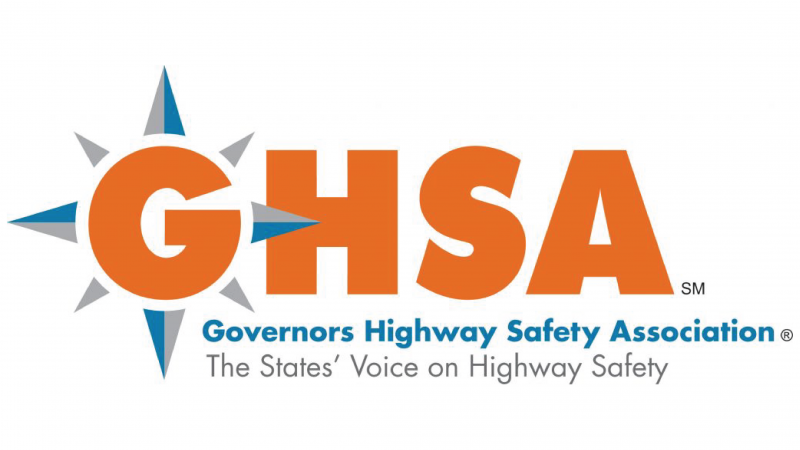New Guide Helps States Implement Successful Peer-to-Peer Initiatives
Identifies elements critical for creating strong, measurable programs
WASHINGTON, D.C. – Motor vehicles remain the leading cause of death for teens and young adults. Though fatal crashes involving drivers 16-24 years old declined more than 25% over the past decade, much work remains. To help states further this progress, the National Highway Traffic Safety Administration (NHTSA) has released the “Peer-to-Peer Teen Traffic Safety Program Guide,” prepared by the Governors Highway Safety Association (GHSA).
Written for State Highway Safety Offices (SHSOs), the guide examines peer-to-peer programs, in which young adults take the lead in identifying a traffic safety problem in their school and community and taking action to address it. The programs offer young leaders the opportunity to not only formulate but also implement and evaluate a plan to educate their community about the identified issue.
The full guide can be downloaded at nhtsa.gov/document/peer-peer-teen-traffic-safety-program-guide. A webinar will be held April 25 at 2:00 p.m. EST to elaborate on the report’s recommendations, featuring presentations by experts from peer-focused organizations. Register at bit.ly/P2P-Webinar19.
“We know that graduated driver licensing (GDL) programs are largely responsible for the recent decline in novice driver fatal crashes, but our work to reach zero doesn’t stop there,” said Jonathan Adkins, GHSA’s Executive Director. “It’s essential that states and communities take a comprehensive approach to this problem; peer-to-peer programs, in conjunction with GDL and other proven strategies, can be effective tools for empowering youth to protect themselves and others on the road.”
Working with an expert panel of researchers, advocates, youth organization leaders and young adults, the following eight success indicators for peer-to-peer programs, were identified and are discussed in detail in the Peer-to-Peer Guide:
- Youth-led: Youth, not adults, develop, implement and assess the initiative.
- Inclusive: Initiatives welcome youth from diverse cultures, ethnicities, abilities, genders and economic backgrounds.
- Sustainable: Adults provide support and resources needed to sustain the initiative.
- Facilitated training: Both youth and adults receive ongoing training addressing working together to address safety issues.
- Clearly defined, measurable learning objectives: Youth identify and investigate a problem to determine the way best way to address it.
- Positive: Positive learning experiences and messaging are used to motivate safe choices.
- Incentives and recognition: Both are used to motivate youth to participate in the initiative.
- Evaluation: Success is measured in changes to peers’ behavior, knowledge, attitudes and/or awareness of the issue.
The guide also includes a compendium of youth-led traffic safety programs that incorporate all or many of these success indicators, along with resources to help states plan, implement and evaluate peer-to-peer initiatives. National programs discussed include Family, Career and Community Leaders of America; SADD; Project Ignition; and Step Up! The report also looks at state programs including Teens in the Driver Seat (Texas); the California Friday Night Live Partnership; Seat Belts are For Everyone (Kansas); Strive 4 a Safer Driver (Michigan); ReduceTNCrashes (Tennessee); Youth of Virginia Speak Out About Traffic Safety; and U Got Brains Champion Schools Program (New Jersey).
Released on April 11, 2019
Contact: Madison Forker, 205-580-7930
